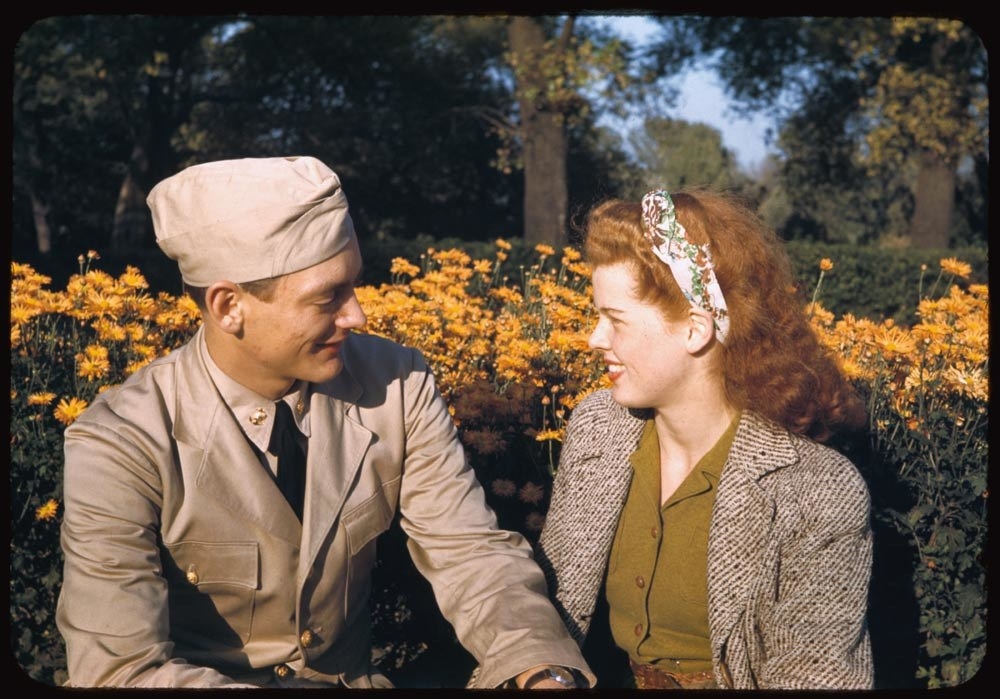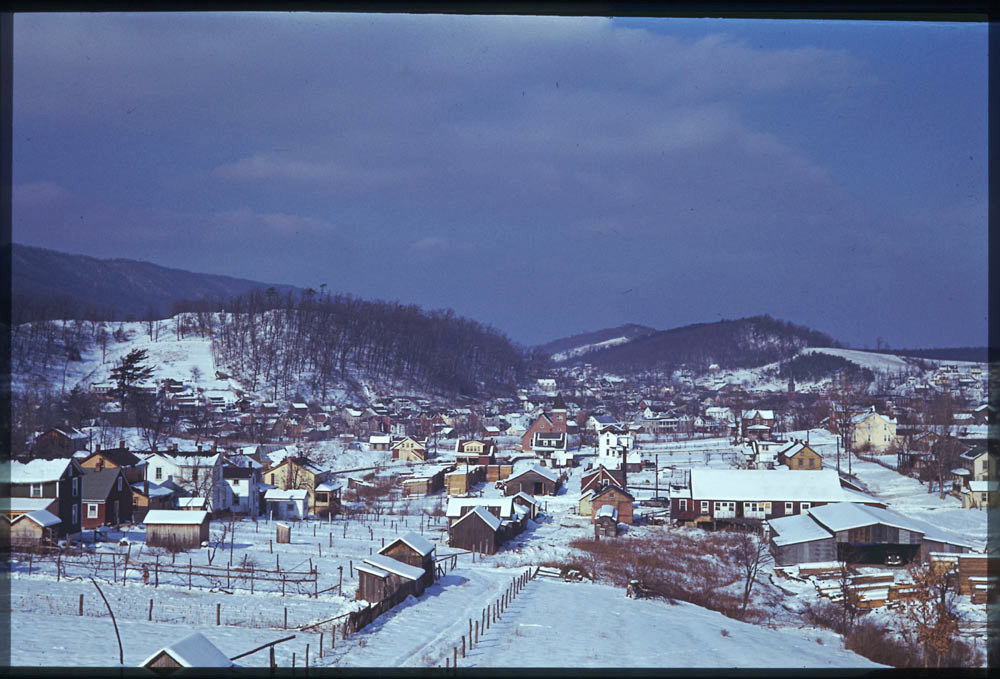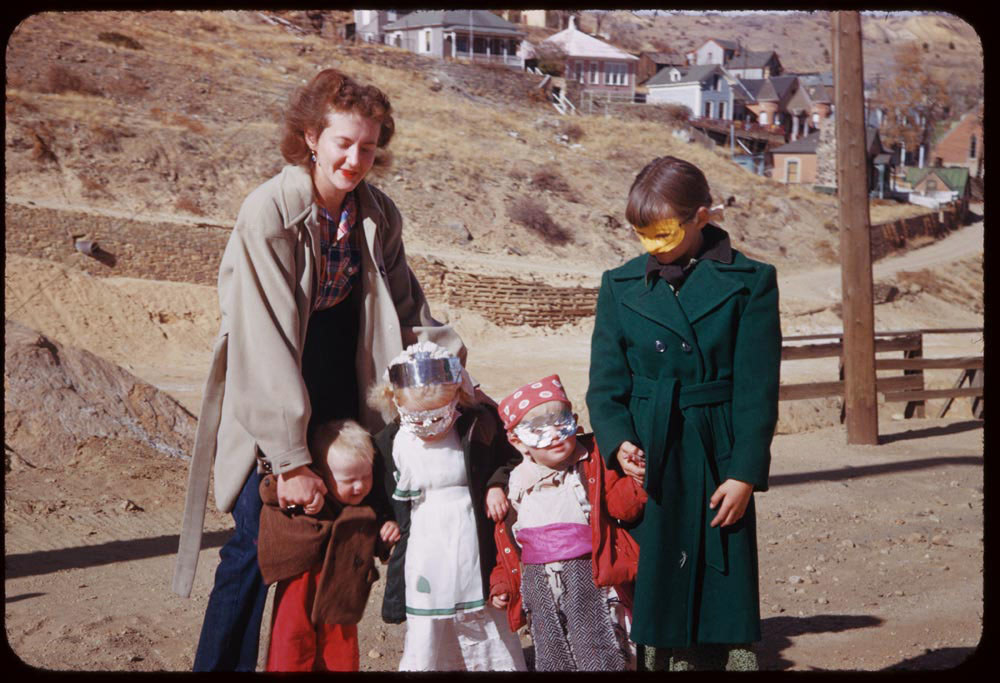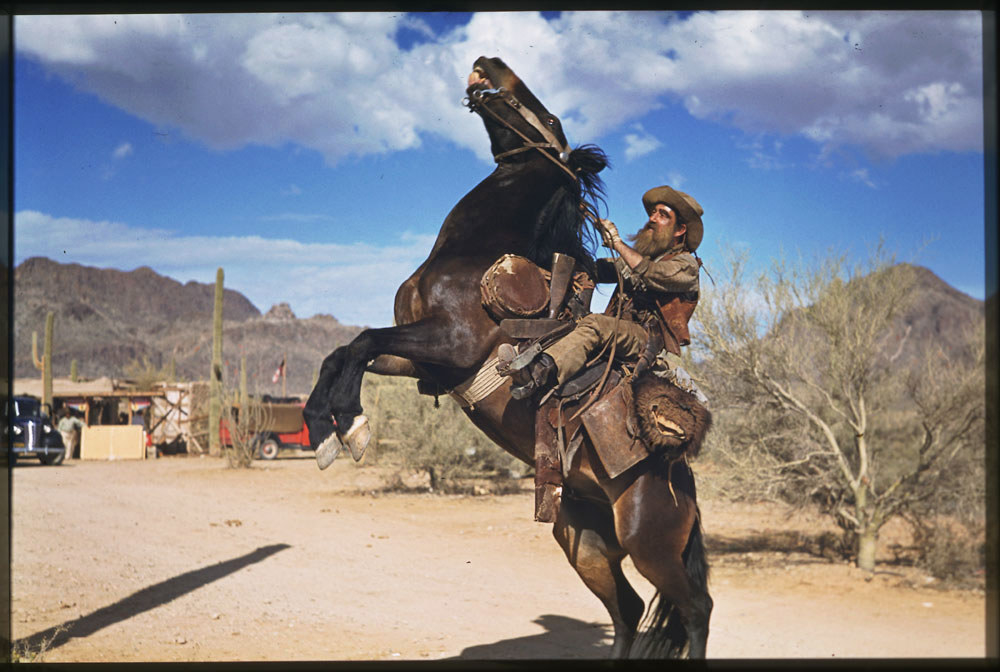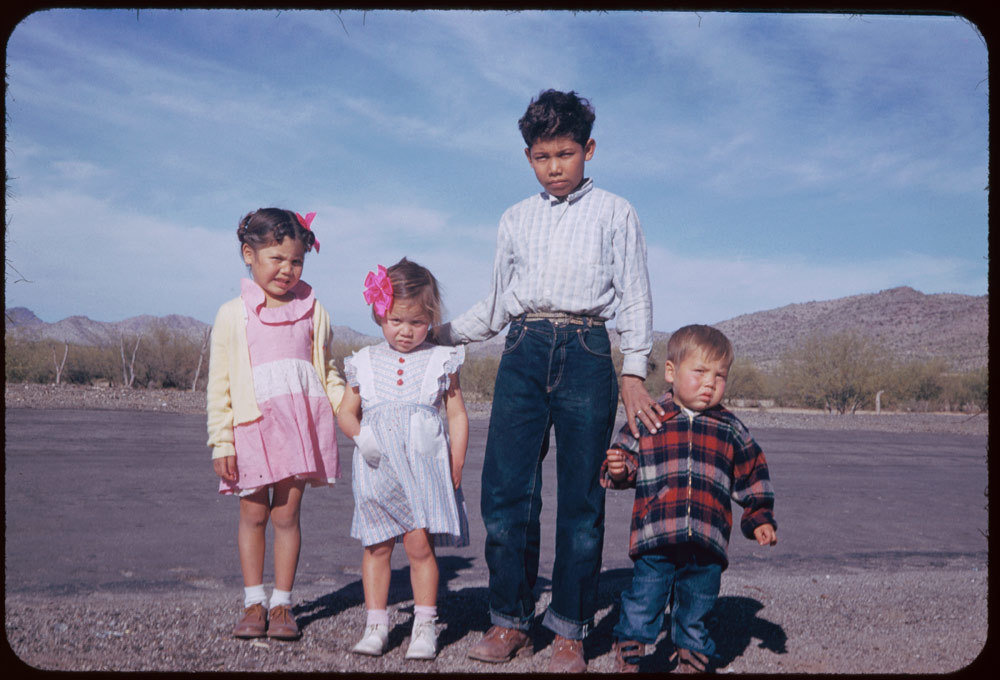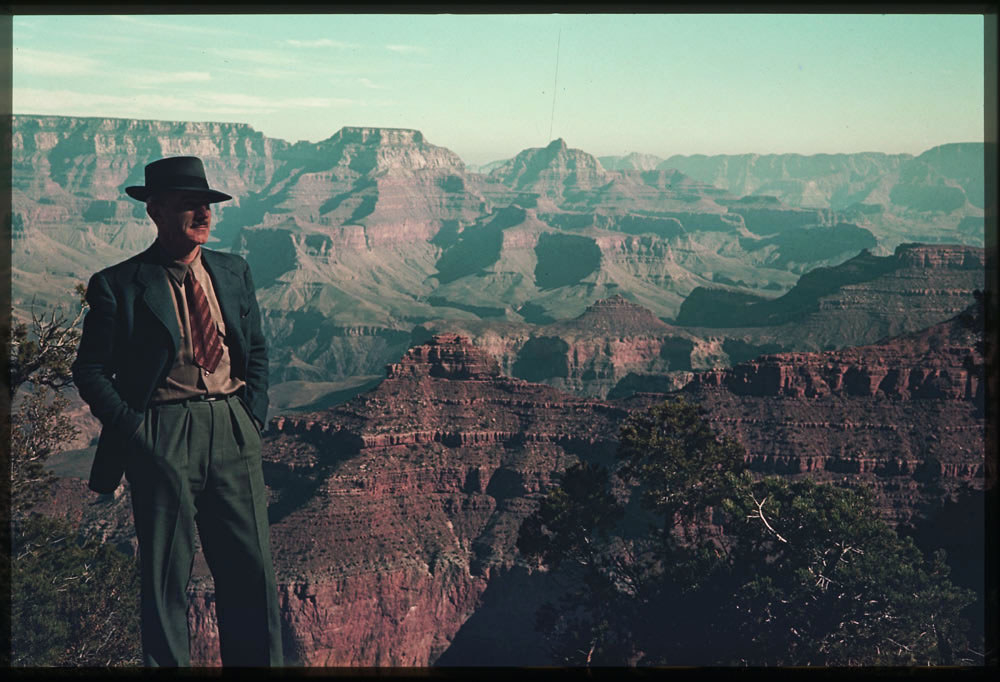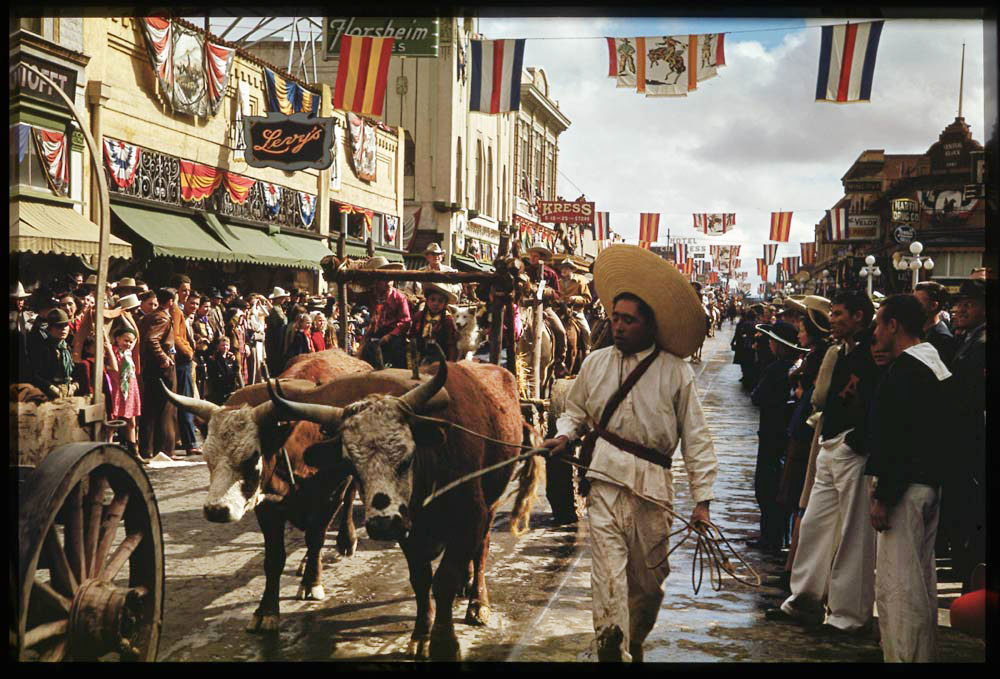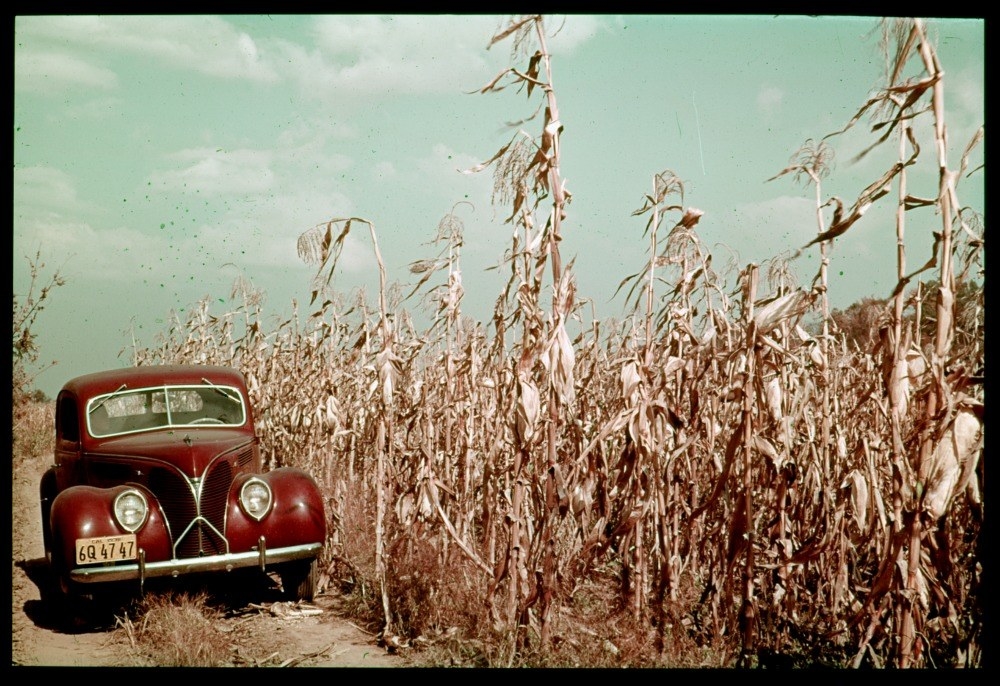
Before 2003, amateur photographer Charles W. Cushman was entirely unknown. After his passing in 1972, the thousands of pictures he made over the course of his lifetime were donated to his alma mater, Indiana University, by his wife Elizabeth. Cushman's passion for photography led him to experiment with color film, at the time a new and emerging technology, which offered an additional dimension of realism to photos of an era often depicted in black-and-white images.
Bradley D. Cook is the curator of photographs at Indiana University and an expert on the university's Charles W. Cushman Photography Collection. Here, Cook shares with BuzzFeed News a selection of the some of the most stunning and historically significant photos from the collection, as well as insight into the passionate photographer behind the work:
The Cushman collection is both historically and culturally important, particularly from the 1930s through the 1950s, in the way it depicts the people and places of a time that we are only used to seeing in black and white. Color opens a whole new world, a whole new way of looking at and thinking about the past. Just think how differently we would look at history if we had actual color photographs of important historical events and places.
His collection is also significant in that he numbered each image and had corresponding entries in his notebooks that tell us where he was, sometimes down to the specific address, and what he was shooting. This makes each image a very good record — imagine the same images with no corresponding information of dates, places, and events. It’s that information, along with the images, which make his photographs significant. [Editor's note: The photo captions below, which have been edited for clarity, are based on entries from Cushman's notebooks.]

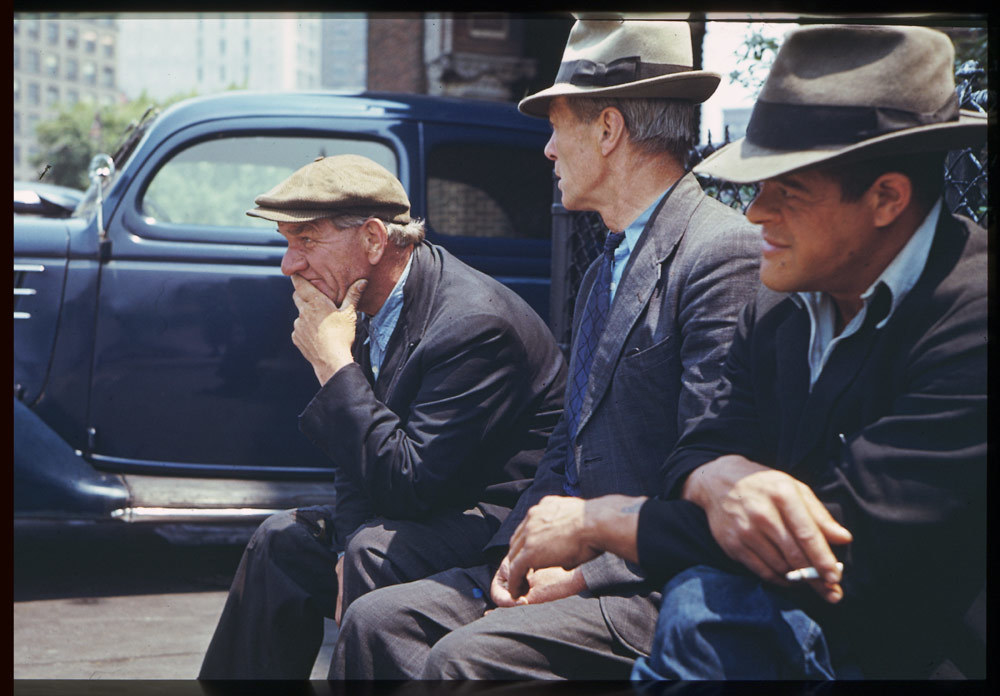

Before the Cushman collection went live in late October 2003, Cushman himself would have virtually been an unknown person. He was from Poseyville, Indiana, and graduated from Indiana University in 1917. He joined the Navy during World War I and worked for various companies in Chicago before joining the brewery company Drewrys.
The Cushman collection contains approximately 14,500 35 mm color slides, most of which are photographed on Kodak Kodachrome. We also have one of Cushman’s cameras, a tripod, his camera bag, and all of the black-and-white negatives he shot before and during the early years when he was shooting his color slides.
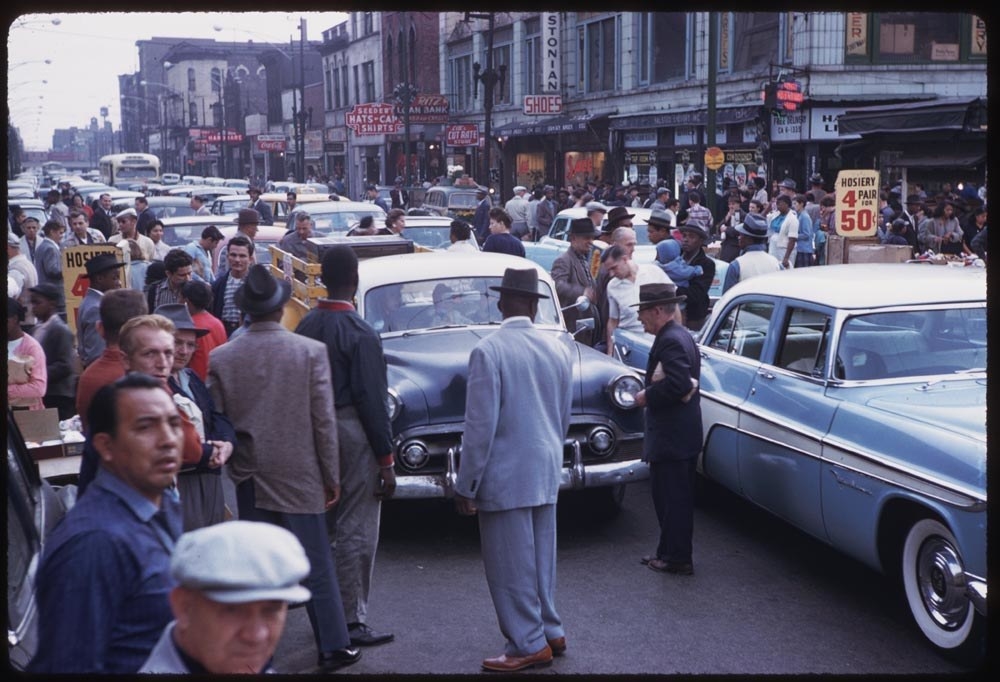
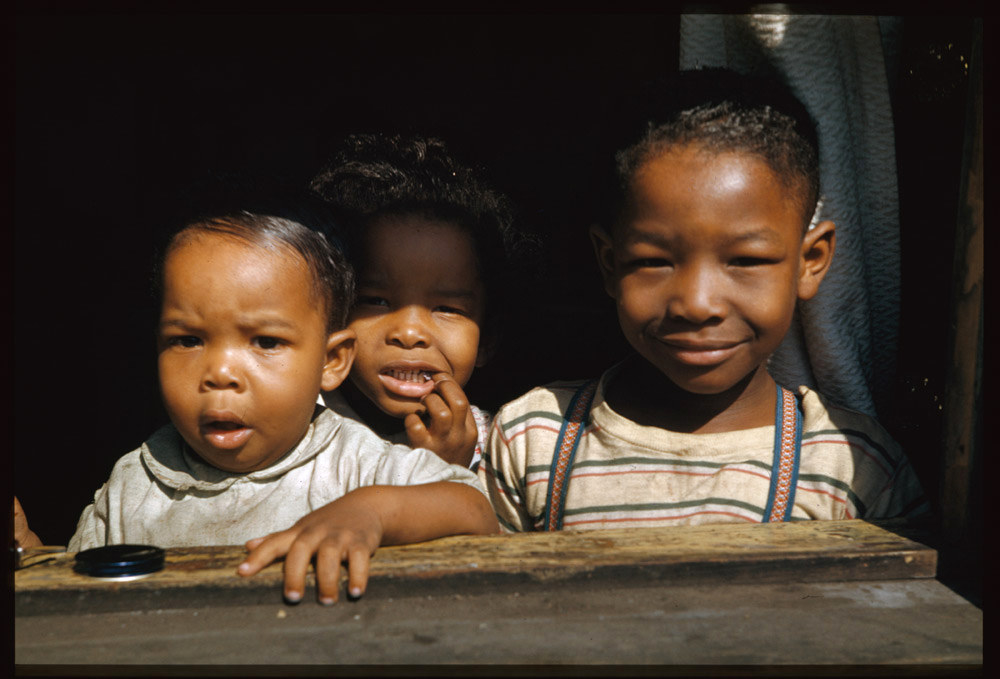
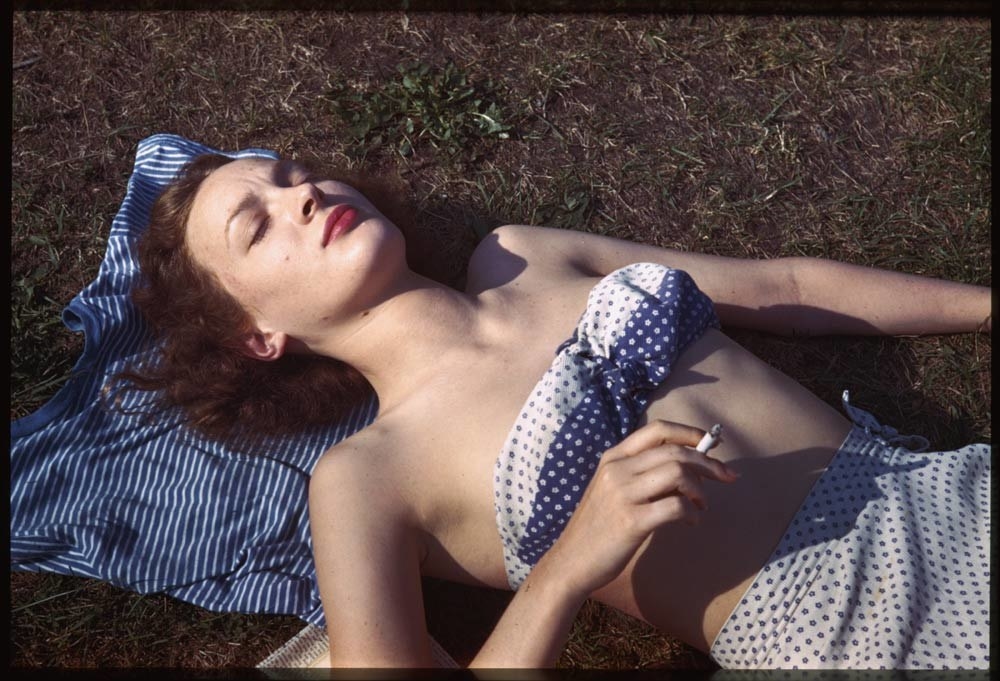
I first rediscovered the collection, kept in the original suitcases they were sent in to the Indiana University archives, some 20 years before I even started working here. A week still does not go by that I don't receive some kind of request for either a print of an image or a request to use one of the images in a documentary, journal article, newspaper, or magazine article. I have loved every minute of working with the Cushman collection.
People still email me, 15 years after the collection went live, to say how much they loved browsing through the images. That's very satisfying. Although one time I did have someone contact me to tell me how much they hated the Cushman collection, because they were browsing it all day at work and not getting anything done!
It's also gratifying when I receive messages from people who want to add information about a particular store their family owned, or that their grandparents met at that church, or in a case just this week in which someone identified their grandmother and a few other people in a particular image. Corresponding with people like that gives me immense pleasure.
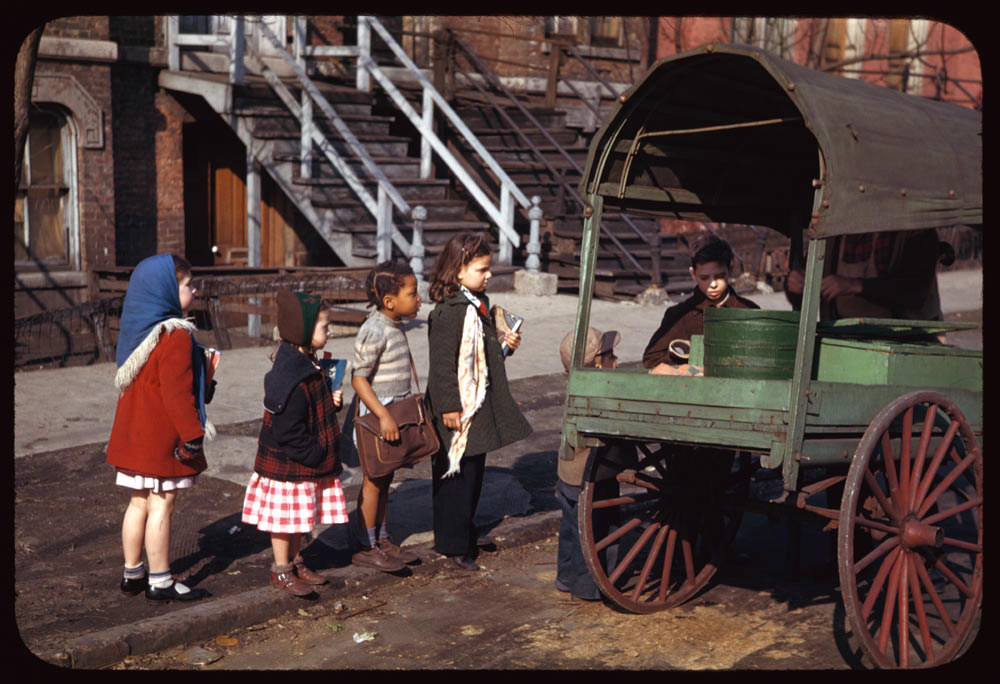
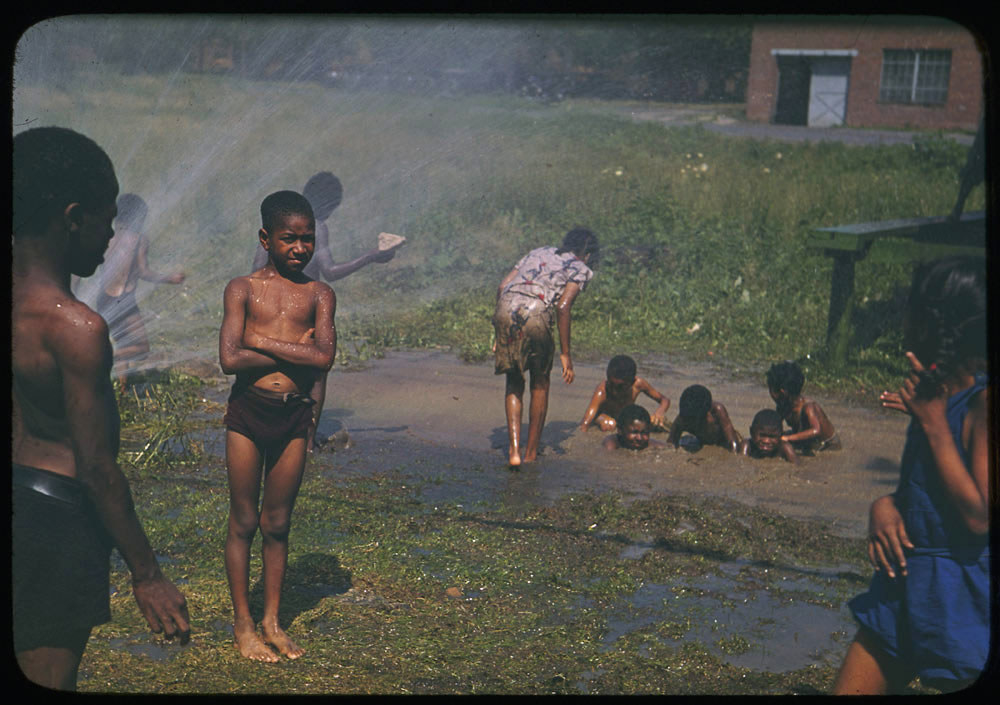

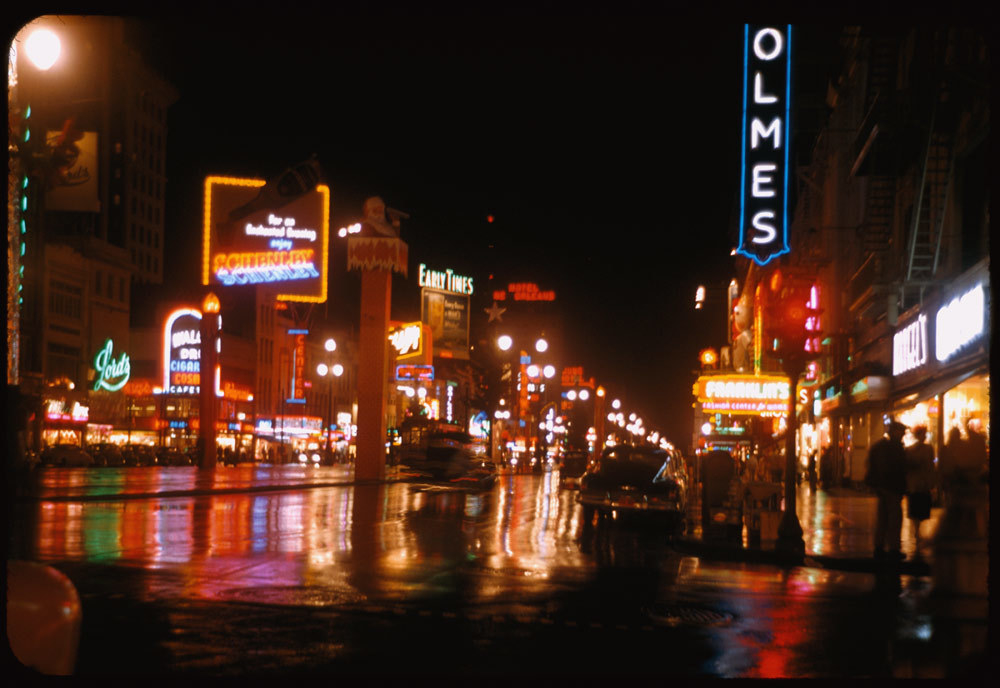
As for his use of color photography, I think many of us, subconsciously, think the old “black-and-white days” are a different world. When I view Cushman’s color images it reminds me — in a way that black-and-white photography does not — that these people are just like us.
They had the same kinds of worries and concerns we still have today. They, for the most part, had fun the way we do today, and I hope when people today view the collection they have the same kinds of thoughts the people depicted in these images had in their day.
